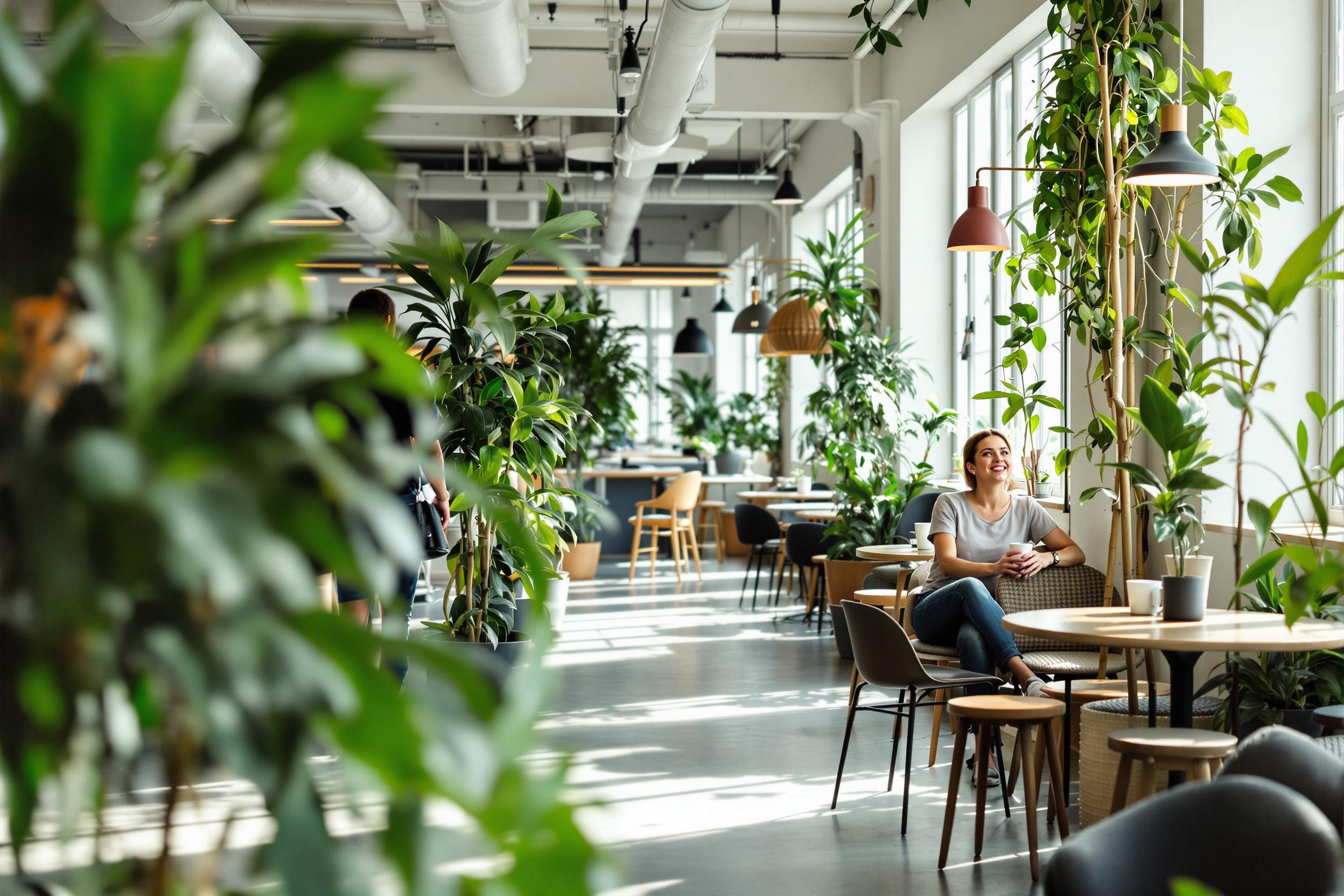
Biophilic Design
Biophilic Design is an approach to creating buildings and spaces that connect people with nature. It's a way of designing that brings natural elements like plants, natural light, and outdoor views into indoor spaces. This design approach is becoming increasingly popular in offices, homes, and public buildings because it helps improve people's well-being, reduces stress, and can make buildings more environmentally friendly. Similar concepts include "green architecture" or "nature-inspired design." When someone mentions this on their resume, they're showing they know how to create spaces that blend the outdoors with indoor environments in a way that benefits both people and the environment.
Examples in Resumes
Implemented Biophilic Design principles in office renovation project, increasing employee satisfaction by 40%
Created Biophilic Design strategy for sustainable healthcare facility featuring living walls and natural ventilation
Led Biophilic elements integration in LEED-certified corporate headquarters design
Typical job title: "Biophilic Designers"
Also try searching for:
Where to Find Biophilic Designers
Professional Organizations
Online Communities
Job Resources
Example Interview Questions
Senior Level Questions
Q: How would you integrate biophilic design principles into a project with a limited budget?
Expected Answer: A senior designer should discuss prioritizing cost-effective elements like natural light, visual connections to nature, and strategic placement of plants. They should mention analyzing return on investment through improved productivity and well-being.
Q: How do you measure the success of a biophilic design project?
Expected Answer: Should discuss both quantitative measures (energy savings, indoor air quality) and qualitative aspects (user satisfaction surveys, workplace productivity metrics, occupant well-being assessments).
Mid Level Questions
Q: What are the key elements of biophilic design you consider in a project?
Expected Answer: Should mention direct nature connections (plants, water), indirect nature references (natural materials, patterns), and space conditions (natural light, views, thermal comfort).
Q: How do you balance biophilic design with practical building requirements?
Expected Answer: Should explain how to integrate natural elements while maintaining building functionality, addressing maintenance concerns, and meeting building codes.
Junior Level Questions
Q: What is biophilic design and why is it important?
Expected Answer: Should explain the basic concept of connecting people with nature in built environments and list basic benefits like improved well-being, productivity, and environmental impact.
Q: What are some simple biophilic design strategies you've used?
Expected Answer: Should be able to describe basic implementations like indoor plants, natural lighting, natural materials, and views to the outdoors.
Experience Level Indicators
Junior (0-2 years)
- Basic understanding of sustainable materials
- Knowledge of indoor plantscaping
- Familiarity with natural lighting principles
- Understanding of basic green building concepts
Mid (2-5 years)
- Implementation of living walls and water features
- Integration of natural ventilation systems
- Experience with LEED certification requirements
- Knowledge of sustainable building materials and sourcing
Senior (5+ years)
- Complex biophilic strategy development
- Project cost-benefit analysis
- Integration with smart building systems
- Team leadership and client consultation
Red Flags to Watch For
- No knowledge of basic sustainability principles
- Lack of understanding about maintenance requirements for natural elements
- No experience with green building standards or certifications
- Unable to explain the connection between design and occupant well-being
Related Terms
Need more hiring wisdom? Check these out...

Why Your Hiring Process is a Maze (And How Design Thinking Can Turn It into a Superhighway)

Redefining Team Collaboration in a Digital Workspace

Employee Well-Being in 2025: Strategies for a Healthier, Happier Workforce

